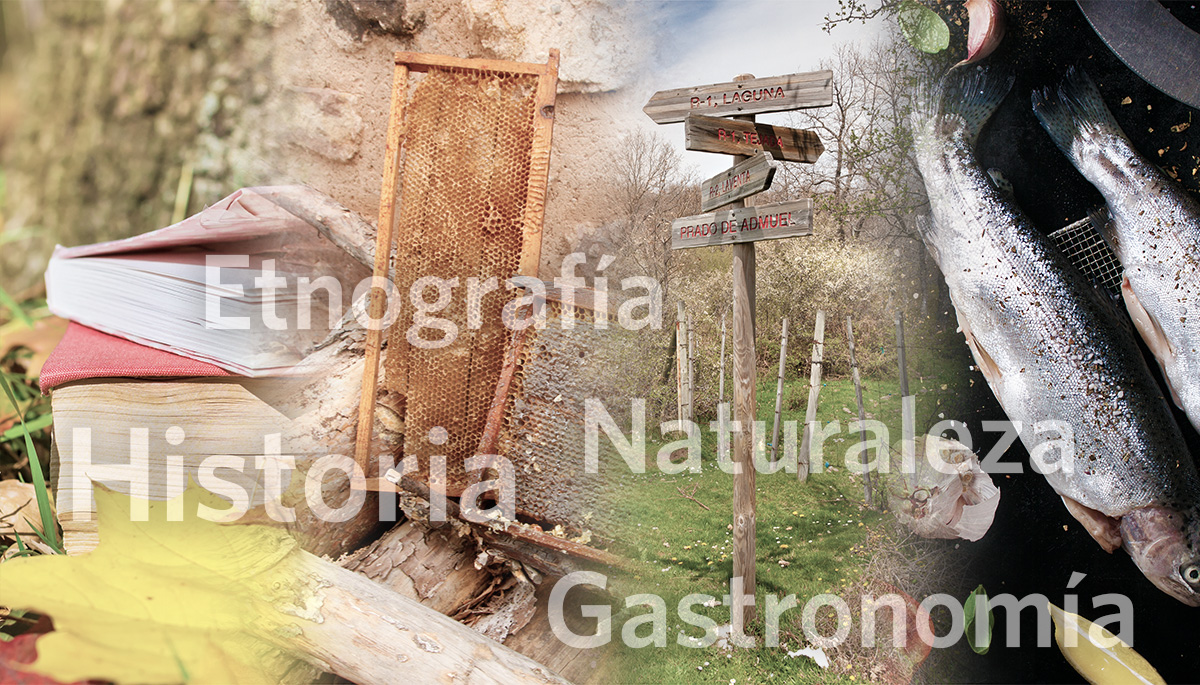
Sierra Cameros | Turismo en La Rioja, Camero Nuevo | Pueblos y Paisajes
En uno de sus valles recorrido por el río Iregua, está el Camero Nuevo, tierra de bosques, pastizales, cumbres y pequeños valles, donde se sitúan 13 pueblos con historia, tradiciones y leyendas, que siglos atrás se agruparon bajo la denominación de Hermandad de las 13 Villas.
Ortigosa de Cameros
The agricultural and farming past
In the XVIII century, Ortigosa with its villages owned 40.000 head of transhumant sheep. The papers say that: they used the wool of their transhumant merino cattle, washing it in the laundry space of the same village … They had thirty looms … ten spaces for the dyeing, six boards for shearing, six presses, eleven hangers and four fuller wheels and in all these offices, even in the looms, worked up to one hundred and seventy people.
This textile activity starts to decline until the creation of the swamp, which closes the only two remaining industries, located on the banks of the river to take advantage of the hydraulic power, at the end of the 1950s.
